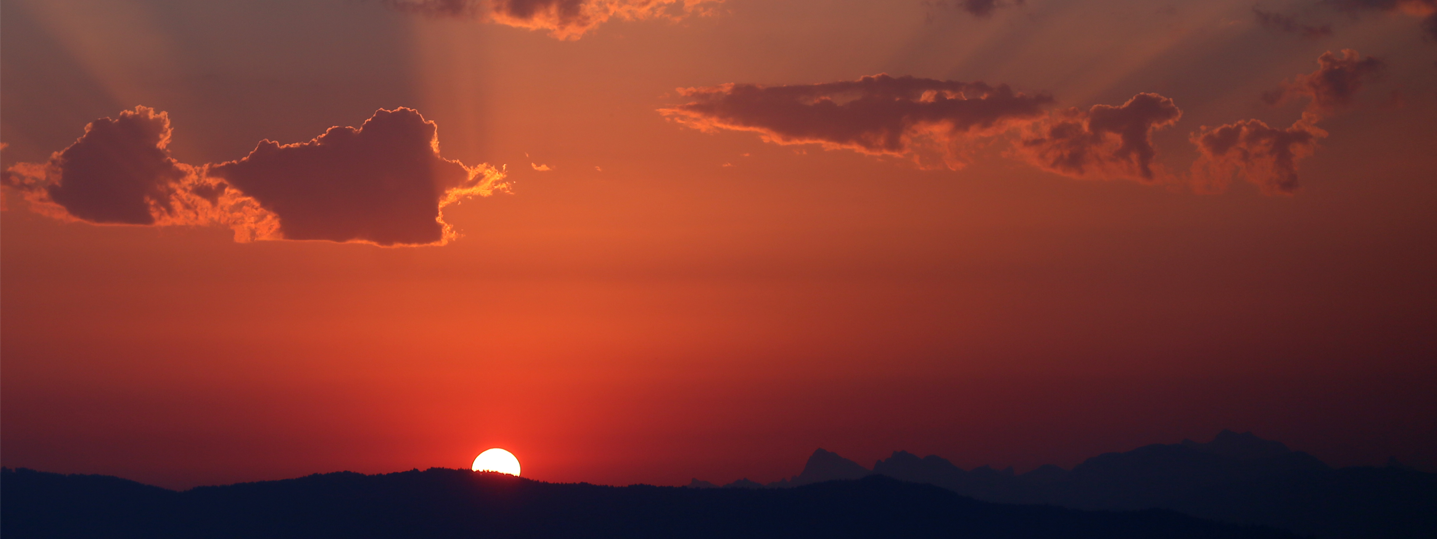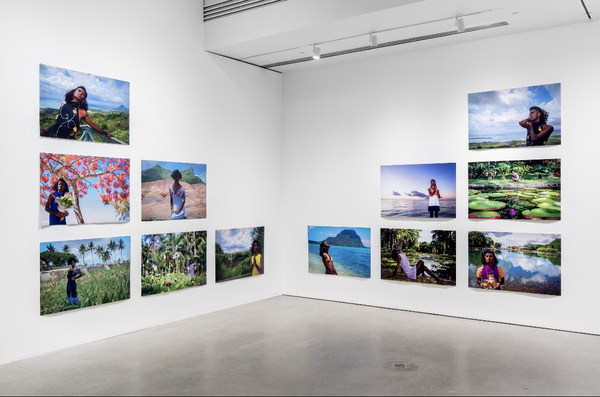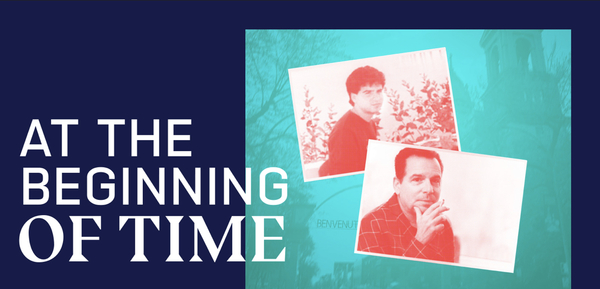Multiple award-winning Montréal-based artist from Mauritius, Kama La Mackerel, is delighted to present their debut exhibition, Who Sings the Queer Island Body? at the Visual Art Centre's McClure Gallery from March 3 to 25, 2023.
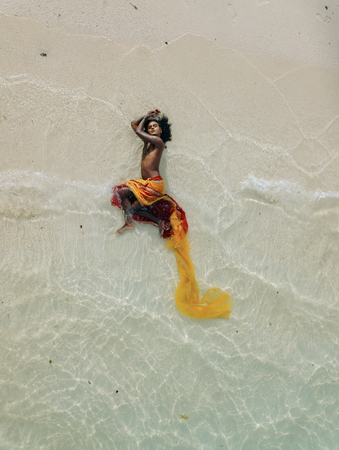
La Mackerel’s work, for the past few years, has sought to question and counter-narrativize dominant colonial island tropes through a queer/trans lens. Their photography series Breaking the Promise of Tropical Emptiness (2017-19), for example, calls into question the colonial legacy of the visual representation of “tropical islands” by questioning the aesthetics of the postcard. In this work, La Mackerel reframes clichés of Mauritian postcards, by foregrounding their transgender body at the centre of the frame. In their most recent work in moving image, poetry, textiles and performance ritual, Queering the Is/land Body (2021), presented at 17th edition of MOMENTA, Biennale de l’image, they explore the spiritual relationship that is sustained between the transgender, racialized body and that of the “island body” in order to bring forth ancestral forms of Indo-African spirituality. In their award-winning debut poetry collection, ZOM-FAM (Metonymy Press, 2020), they invoke ancestral voices of slaves and indentured labour who worked amidst colonial silences on plantation islands.
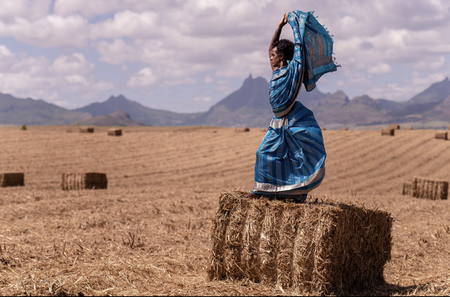
In Who Sings the Queer Island Body?, La Mackerel expands on their previous body of work to contend with the question of island sovereignty and ocean mapping. In this new work, they further question ocean and island cartographies as these have been documented, archived and communicated through modernity: The sea as aqua nullius, a masculine space that men traverse in order to to go to islands which were regarded as terra nullius, empty feminine spaces to be colonized. Through hybrid creative forms, La Mackerel explores the unruly interstices between photography, video, sound composition, poetry, textiles and performance to offer a decolonial mapping of “the island body” and its relationship to the ocean. Who Sings the Queer Island Body? opens up new aesthetic spaces where trans and decolonial personal, ancestral, geopolitical, geological and ecological narratives make themselves heard.
This new work body of work is also heavily influenced by the tragedy of the MV Wakashio. In July 2020, the MV Wakashio – a Japanese-owned cargo ship sailing under a Panamanian flag of convenience with a team of Indian sailors and on its way to Brazil – ran aground the coral reefs of La Mackerel’s native-island, Mauritius. More than 1,000 tonnes of heavy oil were spilled, impacting the entire south-eastern coastline including ecosystems of wetlands, mangrove forests and a marine reserve. More than 50 melon-head whales and dolphins washed up dead on the island’s coast. For the inhabitants of the south-eastern coast of Mauritius (“the people of the sea,” as they are called), this signaled the end of their traditional way of life.
The tragedy of the MV Wakashio – the biggest ecological disaster in the history of Mauritius – is in many ways embedded in this exhibition. On the one hand, watching this oil spill from afar demanded that the artist work through a deep process of grief for the ecologies, the people, the “island body” in relation to their own queer Mauritian body. On the other hand, the lack of international geopolitical accountability and the failure of any country to take responsibility and take action for this oceanic environmental disaster reinforced the dominant trope of disposability with which islands have been historically construed.
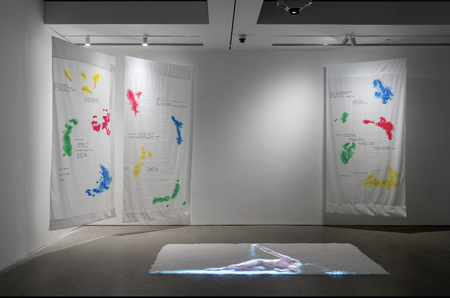
Who Sings the Queer Island Body? then, is an exhibition that is a call for reframing our relationality to island territories, to bodies of water, and to the ecologies of which we are part. At the core of this work, La Mackerel grounds us in an imperative to heal our hearts, to repair our relationship to the island body, to soothe the spirit of the ocean. Through the retellings expressed in the different pieces of this exhibition, Kama La Mackerel reactivates the work of the imagination, so that we can reinvent ourselves, with purpose; so that we can reclaim the very integrity of our human life; so that we can leave a roadmap of beauty, joy, of being in relationship differently, for generations yet to come.
ABOUT KAMA LA MACKEREL
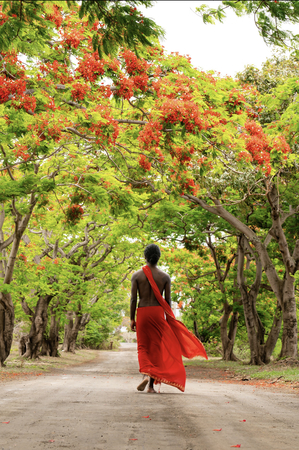
Kama La Mackerel is a Mauritian-Canadian multilingual writer, visual artist, performer, educator and literary translator who believes in love, justice and self and collective empowerment. Their practice blurs the lines between traditional artistic disciplines to create hybrid aesthetic spaces from which decolonial and queer/trans vocabularies can emerge. At once narratological and theoretical, personal and political, their interdisciplinary method, developed over the past decade, is grounded in ritual, meditation, ancestral healing modalities, auto-ethnography, oral history, archival research and community-arts facilitation.
La Mackerel is a firm believer that artistic and cultural practices have the power to build resilience, to heal and to act as forms of resistance to the status quo. With wholehearted engagement in ocean narratives, island sovereignty, transgender poetics and queer/trans spiritual histories, their body of work challenges colonial notions of time and space as these relate to history, power, language, subject formation and the body.
La Mackerel has lectured, performed and exhibited their work internationally in museums, galleries, theatres and universities. In 2021, they were awarded the Canada Council for the Arts' Joseph S. Stauffer Prize for emerging and mid-career artists in Visual Arts. Their award-winning book ZOM-FAM (Metonymy Press) was named a CBC Best Poetry Book and a Globe and Mail Best Debut. Kama La Mackerel lives and loves in Tio’tia:ke, also known as Montréal.
KAMA LA MACKEREL & THE MCCLURE GALLERY
The McClure Gallery at the Visual Arts Centre in Montréal is an independent not-for-profit gallery operating for over twenty years. The gallery has a history of hosting high-quality, professional exhibitions by early, mid and late career artists working in a variety of disciplines. The programming is chosen by a jury made up of professional artists (one from the previous season, two from the teaching staff, one from the community) and board members (many of whom are also artists). The jury was particularly taken by La Mackerel’s exhibition proposal and their interdisciplinary work. The McClure Gallery is committed to supporting this work, particularly given the ongoing systemic barriers that the artist has faced as a racialized, transgender immigrant who is also self-taught.
Photography, video, textile installations, multilingual poetry and audio compositions combine for a debut multimedia exhibition
March 3 to 25, 2023
McClure Gallery

